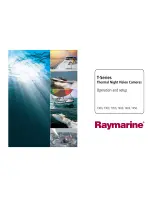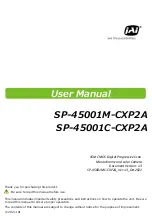
■
Access to the surface. Buildings where both the internal and the external surfaces
are obscured, e.g., by false ceilings racking or materials stacked against walls may
not be amenable to this type of survey.
■
Location of the thermal insulation. Surveys are usually more effective from the side
nearest to the thermal insulation.
■
Location of heavyweight materials. Surveys are usually less effective from the side
nearest to the heavyweight material.
■
The purpose of the survey. If the survey aims to show risk of condensation and
mould growth it should be internal.
■
Location of glass, bare metal or other materials that may be highly reflective. Surveys
are usually less effective on highly reflective surfaces.
■
A defect will usually produce a smaller temperature difference on the outside of a
wall exposed to external air movement. However, missing or defective insulation
near the external surface can often be more readily indentified externally.
28
230
Publ. No. 1558550 Rev. a557 – ENGLISH (EN) – October 7, 2011
28 – Introduction to building thermography
Summary of Contents for B6 series
Page 2: ......
Page 4: ......
Page 6: ......
Page 8: ......
Page 9: ...User s manual Publ No 1558550 Rev a557 ENGLISH EN October 7 2011...
Page 12: ...INTENTIONALLY LEFT BLANK xii Publ No 1558550 Rev a557 ENGLISH EN October 7 2011...
Page 192: ...it 26 174 Publ No 1558550 Rev a557 ENGLISH EN October 7 2011 26 Dimensional drawings...
Page 325: ......
















































